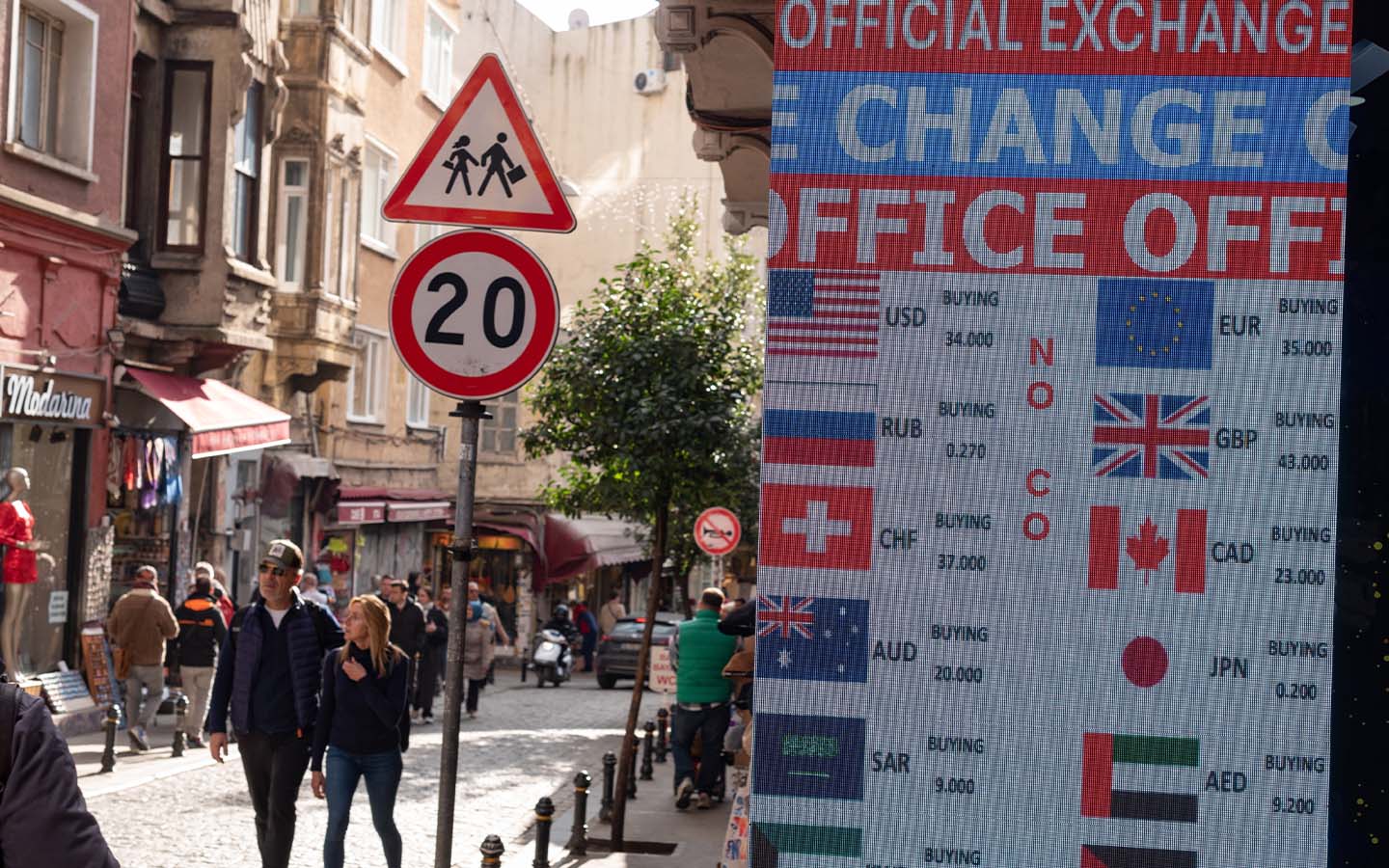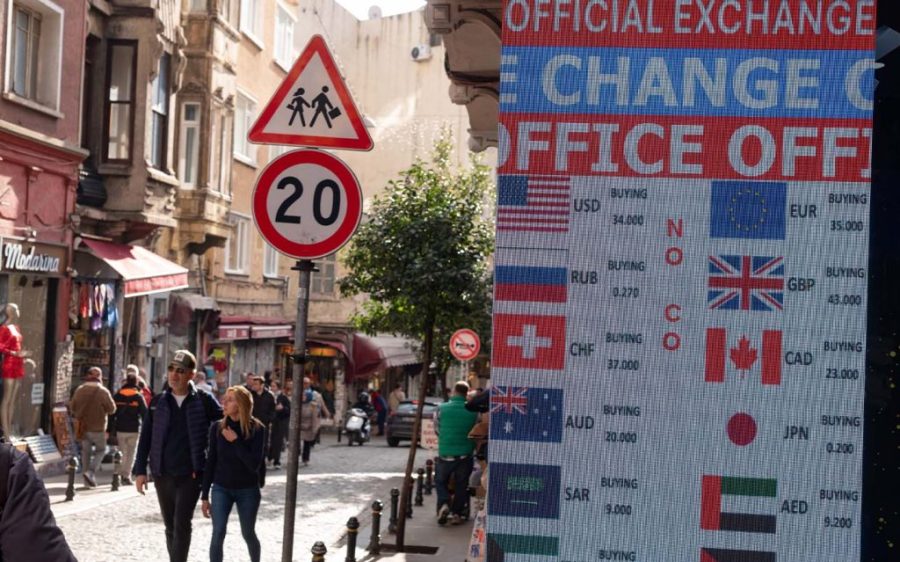For anyone planning a holiday break to Lisbon or Tokyo this summer, be prepared to pay a bit more if you’re using, as your base currency, US dollars – to which the Hong Kong dollar and (indirectly) the Macao pataca are linked.
European euros and the Japanese yen have strengthened around five percent against the greenback since the White House unveiled a litany of reciprocal trade tariffs in early April, with few analysts seeing the weaker dollar trend reversing anytime soon.
[See more: China’s Canton Fair sets a new record for overseas buyers, despite US tariffs]
Investors have shifted away from US assets as the prospects of rising costs undermine market valuations. The US dollar had trended lower before tariffs were introduced, falling about ten percent against a basket of currencies since the start of the year, partly due to central banks off-loading a portion of their US treasuries amid concerns that pending import taxes would hinder business dealings in the world’s largest economy.
The rise of the euro
Even if the tariffs were unilaterally lifted, analysts point to Washington’s unpredictable political landscape coinciding at a time when the European bloc is strengthening its core capital markets, upholding a shift that benefits the euro currency.
Political stability is a key part of this, comments Nigel Green, chief executive officer of deVere Group, an independent financial advisory, speaking to Macao News. “If Brussels gets this right – and momentum is building – it could mark a real turning point for the euro as a global reserve currency.”
The near-synchronised fall in US equity and bond prices has occurred simultaneously with the rise of their European counterparts. Besides breaking the conventional negative correlation between stocks and bonds, the sudden rotation is not just capital fleeing out of dollar assets, but confidence returning to Europe, Green describes.
[See more: Trump hints at possible trade rapprochement with China]
Market experts also highlight pull factors such as Germany’s €1 trillion infrastructure and defence spending bill which was passed in late March. The fiscal expenditure intends to strengthen industrial producers while also underlining a broader shift in economic priorities, sending a clear message that Europe is serious about its resilience in the current market environment.
“These actions bolster investor confidence in Europe’s economic durability, and by extension, its currency,” Green comments, mentioning that the euro rally had pushed it to a three-year high against the dollar.
A stronger yen
Similar dynamics are emerging in Japan, where the central bank is seen as implementing sensible policies and maintaining prudent monetary practices. Back in June of last year, the yen weakened to a thirty-year low against the US dollar after the Bank of Japan instilled ultra-loose monetary policies at a time when the Federal Reserve was raising interest rates.
But while the Bank of Japan might not be in a rush to raise its key lending rate soon, this stance contrasts with the very public push for the US Federal Reserve to cut borrowing costs, notes Wael Makarem, financial markets strategists lead at Exness, an online broker.
[See more: ‘Hangover leave’ is now a thing at one Japanese company]
Although the stronger yen works against Japanese exporters, it offsets import costs and lowers inflation expectations. Complicating the matter is the upcoming meeting between American and Japanese finance leaders, where policy makers will be reluctant to reverse the trend, continuing to favour a strong yen as investors exit US assets, he says.
How a stronger euro or yen plays in Macao
While traveling to Europe or Japan becomes more expensive for dollar-based travellers, destinations like Macao grow increasingly attractive for those using euros or yen as their base currency. However, the foreign exchange advantage would likely have a relatively minimal impact on the local economy.
In 2024, international visitors made up just eight percent of total tourists, with their average per capita spending lower than that of mainland Chinese visitors, who accounted for more than 70 percent of all arrivals to Macao. Among the nearly 35 million tourists last year, fewer than 130,000 came from Japan, representing just 0.4 percent of the total share. Even fewer visitors came from countries that use the euro as national currency.
[See more: Same-day visitors surged in the first quarter, with overnight visitors falling]
Fortunately, while the euro and yen have appreciated against the dollar, they have also strengthened against the renminbi, proving to be a moderate silver lining for Macao. In renminbi terms, Macao will not be as expensive when compared to a holiday in Europe or Japan, supporting the 39 million visitors forecast that MGTO set at the beginning of the year. But a weaker global economic outlook on account of trade tariffs may keep spending at bay, highlighting the uphill battle the city’s small medium enterprises (SME) are facing.






